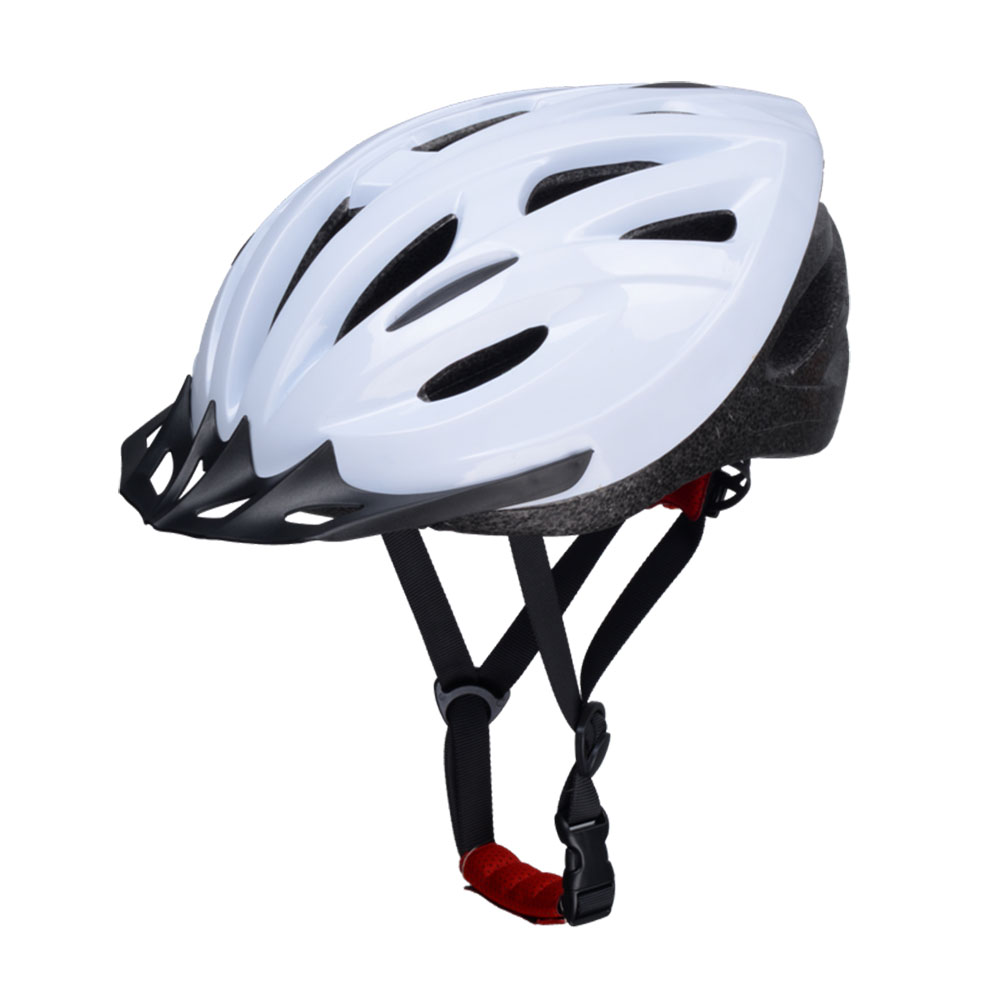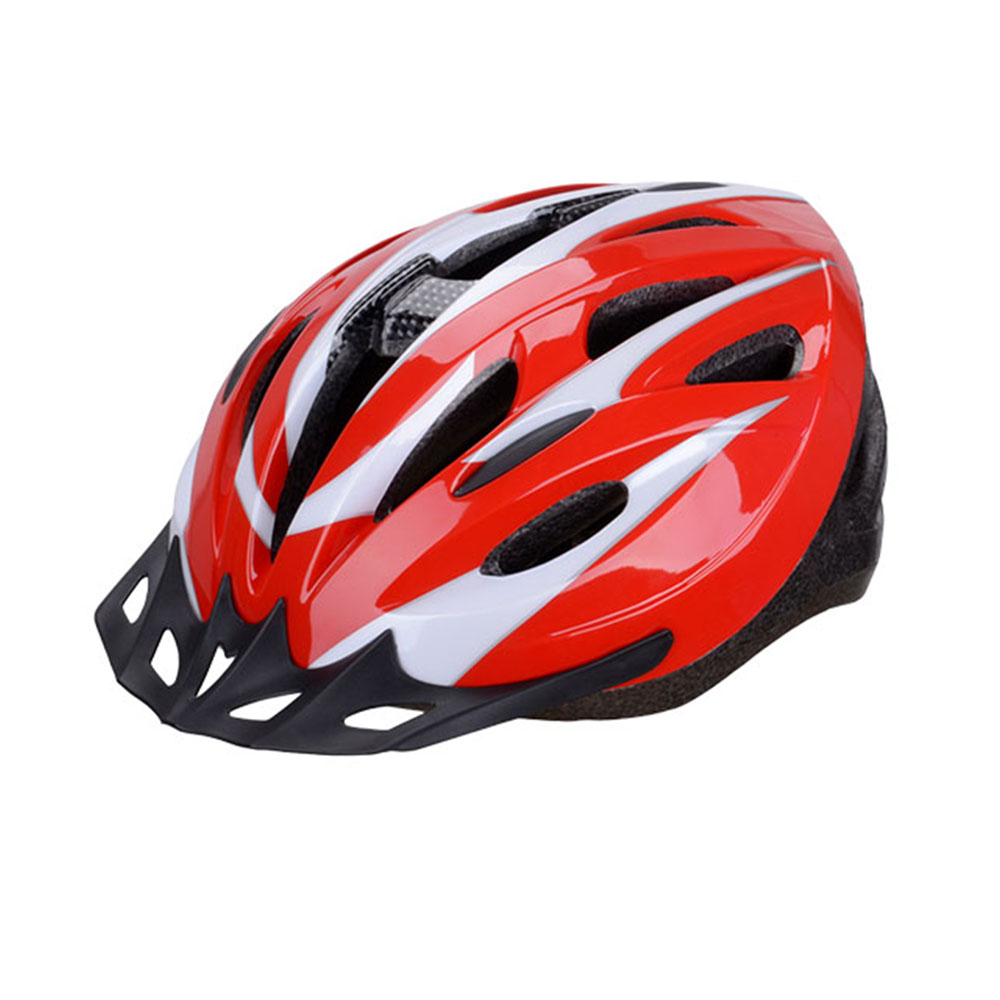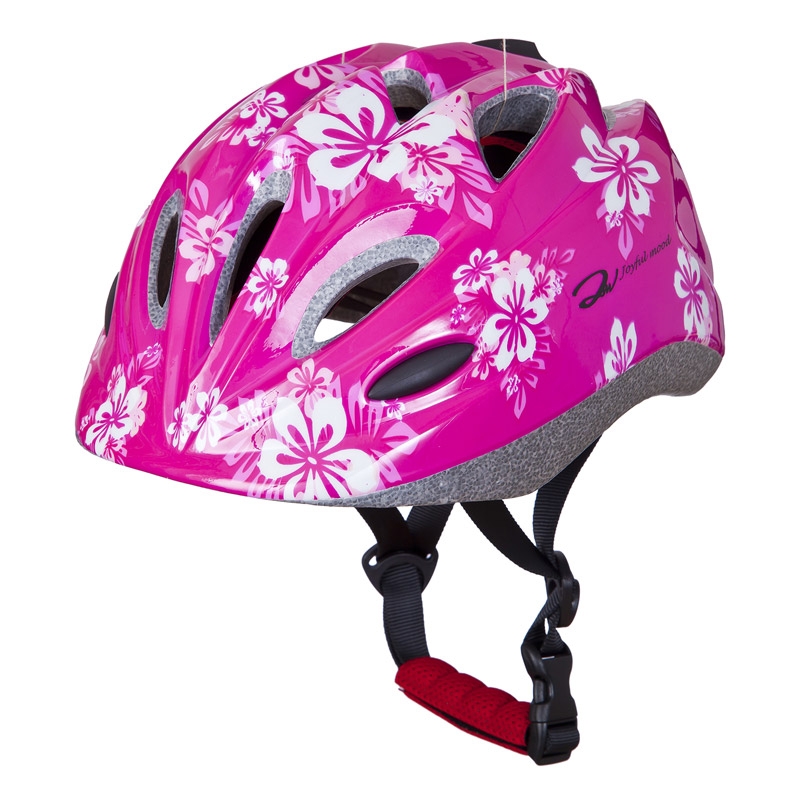Abstract: Digital textile printing is a high-tech printing technology with great application prospects developed on the basis of digital information and inkjet printing. This article reviews the important applications and research progress of reactive dyes, light-stable sulphur dyes, acid dyes, and some newly developed functional dyes and inks in textile digital printing technology, and analyzes the bottleneck of digital printing technology and its future development trend. Look forward to it.
Keywords: Digital printing; Functional pigments; Textiles; Light stability; Inks; Sulfur dyes; Reactive dyes
1 Introduction
Digitally charged charged particle jet technology began in the 1950s of the last century and was first proposed by Kelvin and Rayleigh [1]. It has been about half a century old. At present in China, research in this field of technology is in the ascendant. The textile industry is a pillar industry of China's national economy. According to statistics, from 1950 to 1997, textile exports totaled 327.9 billion U.S. dollars, accounting for 25% of the country’s total export volume over the same period, and earned foreign exchange of 246.7 billion U.S. dollars, greatly supporting reform and opening up and the country’s construction industry[2]; The textiles produced reached 4.02×104km, and nearly half of all textile printing products came from Asia[3].
It is estimated that the global color inkjet inkjet consumables industry will reach 26 billion U.S. dollars in 2006, three times more than in 2002; by the year 2005, the global digital printing textiles will exceed 44 million m2, which is almost 50% higher than the total output in 2000; The number of global digital printers will increase from 833 in 2000 to 1400, and the digital printing system will still be the mainstream [4].
The key to digital printing technology is to solve the research of new color ink formulations and their properties applicable to textiles. As a major textile producing and trading country in the world, grasping the opportunities for the development of the printing and dyeing industry, developing functional color and color ink preparation technologies for new digital printing machines that are constantly being renewed, and strengthening research on new technologies such as digital printing are extremely important. The significance.
2 Functional pigments for textile digital printing
Inkjet printing pigments fall into two categories, namely water-soluble dyes and water-insoluble organic pigments. The advantage of pigments is that they are excellent in light fastness and water fastness, but pigments are insoluble in water. In the preparation of aqueous inks using pigments, dispersants need to be added to make the dispersion. Because the pigment dispersion is a thermodynamically unstable system, the pigment tends to aggregate in water, so the color intensity of the printing is low, the color is not bright, the pattern is not clear, and the nozzle is easily clogged. In addition, ink pigments also have disadvantages such as incomplete chromatograms, insufficient color, and poor transparency. At present, the available pigments are: CI Pigment Black 7 and 11, CI Pigment Yellow 1, 3, 12, 13, 23, 55, 100, 108, etc., CI Pigment Red 1, 3, 15, 17, 48, 122, 185, etc., as well as CI Pigment Blue 2, 15, 56, 63, etc.
Dyes have the advantages of complete chromatograms, vivid colors, good color strength and good ink quality, and are the main functional pigments of water-based inks. The hue of the dye mainly includes four types of magenta, yellow, cyan, and black. Through the colored overlap and subsequent dissolving treatment, 30,000 shades of light can be generated [5]; the properties of the dye mainly include the hue, intensity, and vividness of the dye. Sun exposure, water resistance (fading, staining) fastness, compatibility with dyes, etc.
The ink for ink jet printing has a very strong specificity and functionality. Different printing machines and inkjet methods still need to match the corresponding ink. The commoditized inks are mainly:
(1) 13 Jettex R series purified reactive dyes developed by DyStar Company are: Jettex Yellow 5G, Yellow GL, Golden Yellow GR, Orange RN, Red FB, Red 3B, Red 4B, Blue 3R, Turquoise G, Nave Blue BS, Black BN, Grey G, and Grey GM.
(2) The seven dyes of the Lanaset SI series developed by Ciba are suitable for inkjet printing of silk, wool and polyamide fabrics. Specific include: Lanaset Yellow SI-100, Red SI-200, Red SI-300, Blue SI-400, Turquoise SI-500, Grey SI-600 and Black SI-700. This series of varieties are suitable for micro-piezoelectric and thermal bubble technology, bright color after printing, excellent wet fastness and light fastness.
Currently available reactive dyes for textile ink-jet printing are: CI active red 21, 45, 33, 112, 180, 228, 235; CI active yellow 2, 15, 76, 95, 168; CI active blue 15, 19, 38,49,77,176,220; CI activity green 8, 19; CI activity black 5, 8, 31, 39, etc.; applicable acid dyes include: CI acid blue 7, 62, 90, 185, and 112; CI Acid Yellow 7, 17, 25, 36, 49, 127, 110; CI Acid Red 27, 57, 138, 257, 266; CI Acid Black 26, 109, 107, 155, etc.
Out mould helmet means that the EPS foam is molded first, and then the PVC or ABS case is placed on the foam. Compared the in mould helmet with out mould helmet, the protection of out mould helmet is weaker than in mould helmet, but the price is an big advantage.The out mould Helmet also includes Bike Helmet, mountain bike Helmet, Road bike helmet, Kids Helmet etc.
Feature:
1. Process: Out mould.
2. Material: PVC+EPS, ABS+EPS; the thickness of PVC or ABS: 0.5mm or 0.8mm; The density of EPS: above 80.
3. Vents: 9-32
4. Weight: 220g-385g
5. Size: S/M/L
6. Color: any color or pattern
7. Packing: Gift box and Master carton
8. OEM: accept.



Out-Mould Bike Helmet,Out-Mould Helmet,Cycling Helmet,Bicycle Helmet
Taishan Yuexin Group , http://www.yuexingroup.com